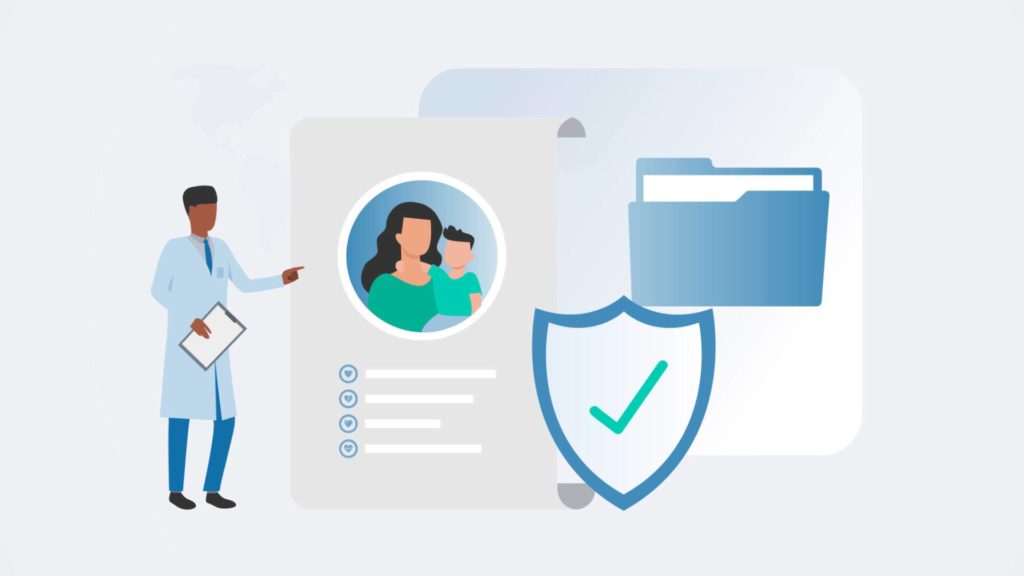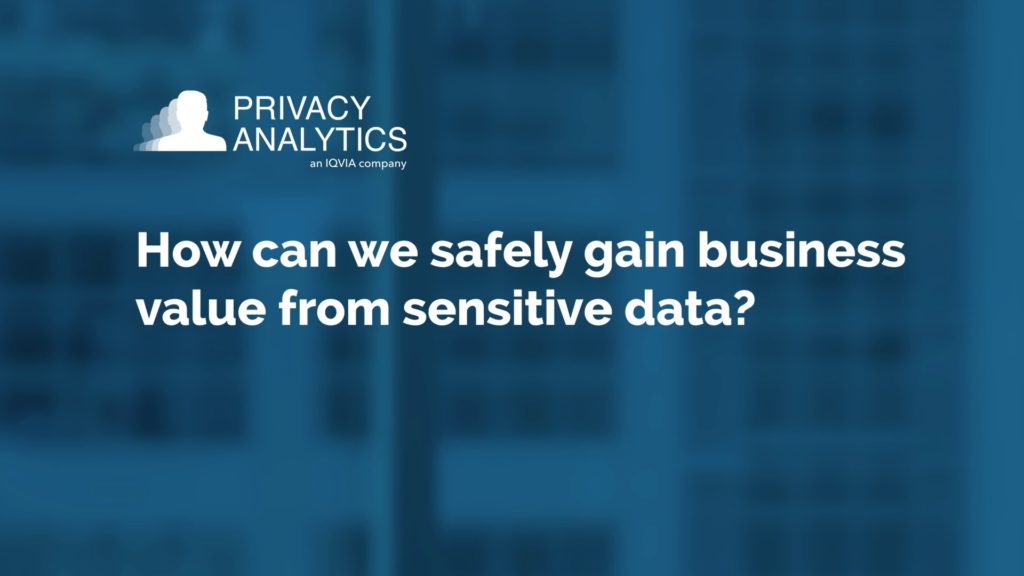Expert Determination vs Safe Harbor
You need to choose a de-identification method that will give you the richest possible data for the lowest risk. In this video, Luk Arbuckle, Privacy Analytics’ Chief Methodologist, explains why Expert Determination is your best bet.

